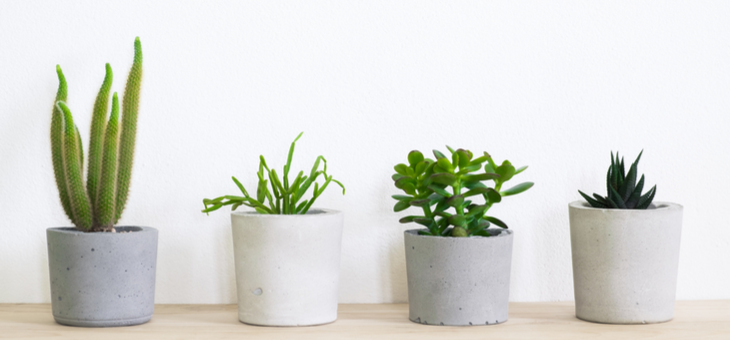It is a well-established fact that, by absorbing toxic chemicals, certain plants grown indoors can improve the air you breathe and ease some common maladies.
But researchers are now looking at how the humble pot plant can be genetically engineered to diagnose some illnesses in residents whose living space they share.
Writing in the journal Science, lead author Neal Stewart, from the University of Tennessee’s plant sciences department, said: “The numerous benefits of greenery in the built environment include metabolising human respiratory products (carbon dioxide) and increasing oxygen concentrations. But house plants could do so much more.”
The scientist goes on to explain how the liveable portion of the Earth – 0.5 per cent of the total – is an evolving microbiome incubator.
“Microbiomes are not typically part of interior design per se, but they could be more explicitly considered during architectural and interior designs,” the article explains. “Here, we assess the feasibility of building new microbiome sensing and reporting capabilities into house plants through synthetic biology approaches.”
The concept revolves around turning houseplants into biosensors that would serve as subtle alarms that something is amiss in our home and office environments, the scientist was reported as saying.
“House plants are ubiquitous in our home environments,” says Mr Stewart. “Through the tools of synthetic biology it’s possible for us to engineer house plants that can serve as architectural design elements that are both pleasing to our senses and that function as early sensors of environmental agents that could harm our health, like mould, radon gas or high concentrations of volatile organic compounds.”
According to the report, “plant biosensors could be designed to react to harmful agents in any number of ways, such as gradually changing the colour of their foliage or through the use of fluorescence.”
“They can do a lot more than just sit there and look pretty,” Mr Stewart said. “They could alert us to the presence of hazards in our environment.”
The research team claims dense populations of biosensors would be needed, such as architectural design elements like ‘plant walls’.
Led by Mr Stewart, the team has applied for funding to move the research from the laboratory to the marketplace.
Do you keep pot plants indoors to improve the healthy ambience of your home? Which plants work best to keep you healthy?
Related articles:
Indoor plants for healthy living
Gardening on a budget
Get your garden thriving

